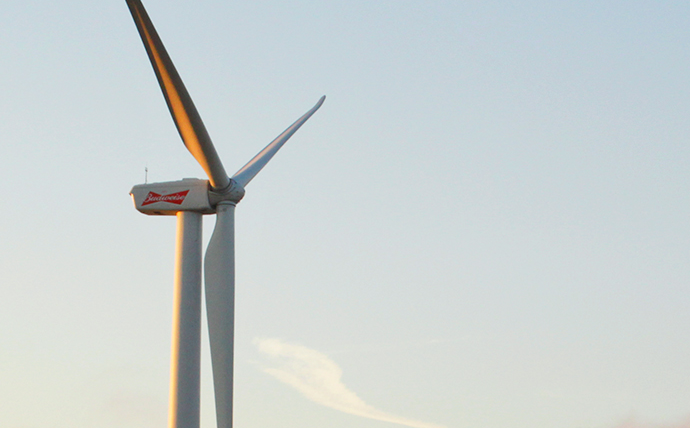Explorers navigating unknown seas knew how to triangulate with the help of the stars and the sun. If it worked for the ancients, it will work for us, as we look into three reports on renewable energy that, among other things, examine how much that sun might help us find our way forward.
Record installations at record low prices was the thrust of REN21’s Renewables 2017 Global Status Report, published in early June. Among the highlights:
Additions in installed renewable power capacity set new records in 2016, with 161 gigawatts (GW) installed, increasing total global capacity by almost 9 percent over 2015, to nearly 2,017 GW. Solar PV accounted for around 47 percent of the capacity added, followed by wind power at 34 percent and hydropower at 15.5 percent.
Renewables are becoming the least-cost option. “Recent deals in Denmark, Egypt, India, Mexico, Peru and the United Arab Emirates saw renewable electricity being delivered at US$0.05 per kilowatt-hour or less,” the report said, well below equivalent costs for fossil fuel and nuclear generating capacity.
Clean Power Procurement Index Finds Iowa and Illinois Lead Nation
“In 2015, commercial and industrial (C&I) buyers accounted for greater than half of all signed wind energy power purchase agreements (PPAs), outpacing utilities.”
That finding is one striking note among many in the latest edition of the Corporate Clean Energy Procurement Index, a ranking published by Clean Edge Inc. of all 50 states across 15 criteria that measure the ease with which companies can procure renewable energy for their operations. With sustainability a high priority for many high-profile companies — think Google, Amazon, Target, Coca-Cola and Microsoft — the policy stakes are high.
Driven by its utility and third-party purchasing, Iowa is No. 1 with a score of 74.73, followed by Illinois (68.79), New Jersey, California and Texas. Among the report’s other notable findings:
“Among the index’s four deployment indicators, corporate onsite solar procurement and offsite procurement (wind and solar power purchase agreements or PPAs) correlate most closely with overall leadership. Eleven of the top 20 overall states are also in the top 20 in onsite solar. New Jersey, the No. 3 state overall, leads the field in this indicator by a wide margin, with 1.21 percent of its statewide generating capacity coming from onsite solar as of the end of 2015; no other state tops 0.4 percent.”
Ups and Downs: RECAI Highlights from EY
EY in May 2017 updated and recalibrated its Renewable Energy Country Attractiveness Index (RECAI) rankings, with China taking the top spot and India coming in second. The US dropped from No. 1 to No. 3 due to shifts in US policy and concerns about potential reductions in tax credits, not to mention the demise of the Clean Power Plan (the index was formulated before the subsequent pullout from the Paris Climate Agreement).
The leaders are leaders in part because of ambitious goals. China’s government said in January the country would spend $363 billion by the end of 2020 on renewable power development, with $145 billion going toward solar and $101 billion toward wind.
India’s goal of 175 GW of renewables by 2022 includes 100 GW of solar; 60 GW of wind and 15 GW of biomass and small hydropower. Already, since a low starting point of just 2.6 GW of solar in 2014, the country’s solar capacity has grown by more than 10 GW, reports EY, and the country installed a record 5.6 GW of wind during the 2016-17 financial year.

